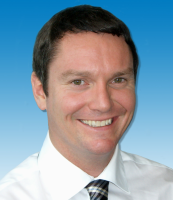Mr. Markus Lörner
Market Segment Manager Focus RF & mmWave Component
Rohde & Schwarz International GmbH
Markus Lörner has a long history in test & measurement since he started as a product manager in 2000 at Rohde & Schwarz focusing on signal generation and power measurements. In his career, he covered many different topics from mobile communications to radar and EW applications. He graduated in 2000 at the University of Erlangen-Nuremberg, Germany, with a degree in Electrical Engineering.







